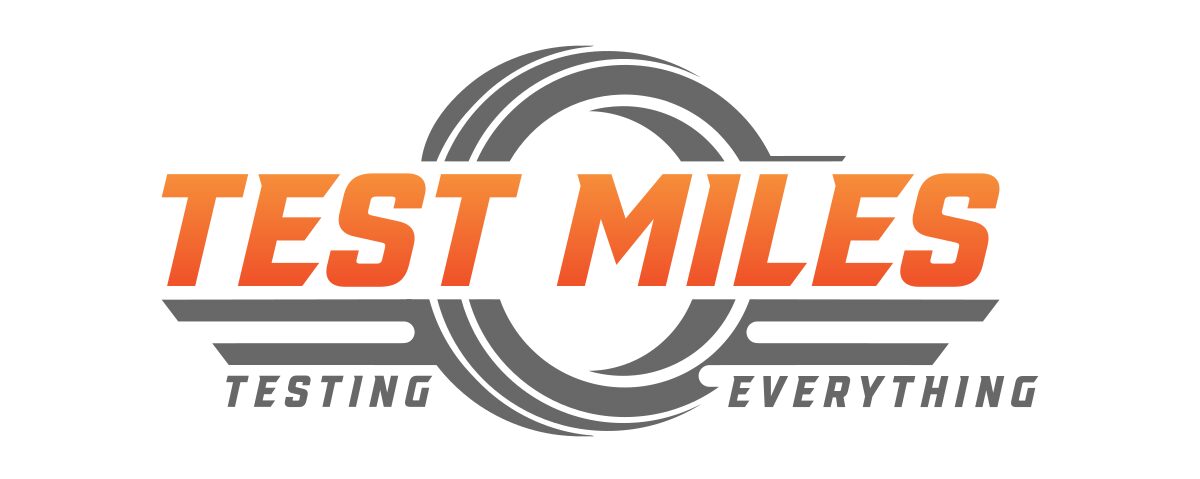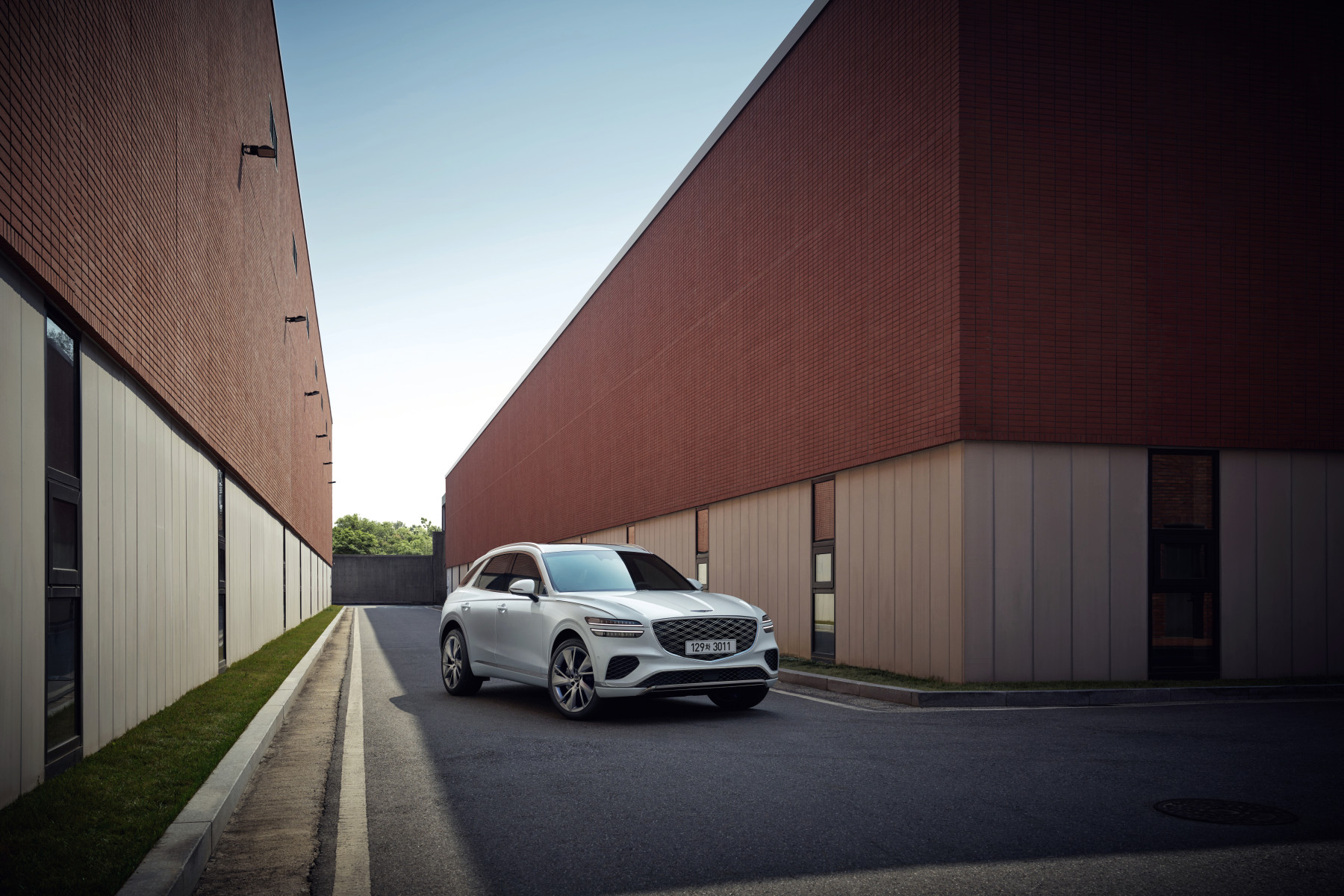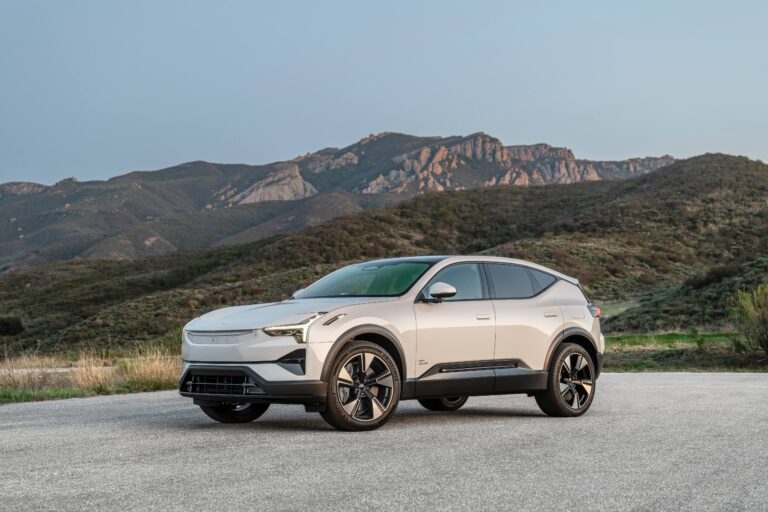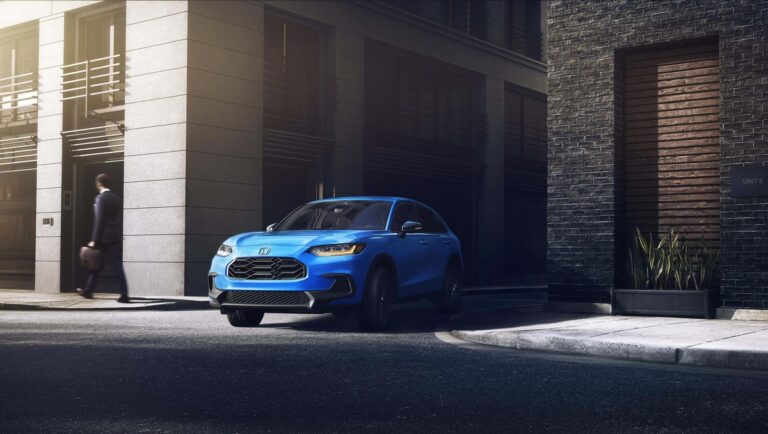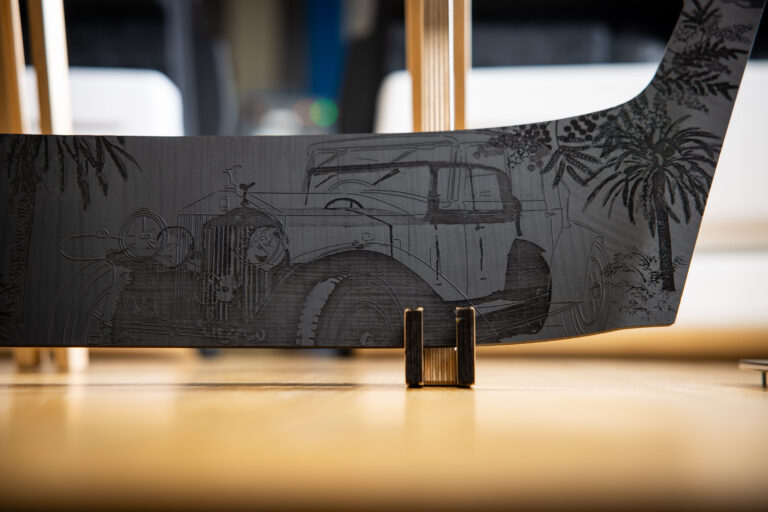Used Car Prices Surge Amid Tariff Turmoil
Used car prices are surging in 2025 due to 25% auto import tariffs. Learn what this means for buyers, sellers, and the future of affordability.
Used cars aren’t supposed to feel like luxury goods, but right now, they’re commanding premium prices. The Manheim Used Vehicle Value Index jumped 6.3% year-over-year in June the sharpest increase since the post-pandemic peak in 2022.
Why the sudden sticker shock? Tariffs. The 25% levy on imported vehicles and parts, reinstated under President Trump’s “America First Manufacturing Act,” has scrambled the new-car supply chain. That ripple effect is driving shoppers into the used market, where choices are limited, and prices are rising fast.

Why does this matter right now?
Used cars are the American pressure valve. When new models are too expensive or unavailable, buyers head for pre-owned. But when demand outpaces supply, affordability collapses. That’s what we’re seeing now.
According to Cox Automotive, the average used vehicle listing price hit $29,472 in June. Off-lease inventory is tight, and rental fleets are holding onto cars longer. Combine that with elevated interest rates and lingering inflation, and it’s easy to see why a two-year-old Honda CR-V now costs as much as a new one did in 2021.
For working families, students, and small businesses, the used-car market was once the budget-friendly solution. Now it’s a high-wire act. “We’re back to bidding wars,” said one Minneapolis dealer. “Especially on reliable hybrids and pickups.”

How does it compare to rivals?
Globally, the U.S. is in a unique bind. While other countries deal with supply issues, few have tariff-driven shocks like this. Japan and South Korea still flood their domestic markets with affordable small cars. Europe’s used EV market is maturing quickly, thanks to aggressive electrification policies and trade-friendly laws.
Here in the U.S., brands that rely heavily on overseas production Volkswagen, Volvo, Hyundai face shipping delays and higher costs. That trickles down. Their used models retain more value, but the price gap between new and pre-owned tightens, making used less appealing unless buyers can’t wait.
Dealerships that banked on steady off-lease supply are now scrambling. Rental giants like Hertz and Enterprise are also feeling it; with new inventory delayed or unaffordable, they’re holding onto aging fleets longer, limiting the flow of well-maintained cars back into the system.

Who is this for and who should skip it?
If you’re a buyer on a deadline maybe your old car gave up, or your teen needs a first vehicle brace yourself. You’ll either pay more or compromise. Reliable sedans under $15,000 are unicorns right now, especially if you want clean titles and under 100,000 miles.
That said, sellers are in a strong position. If you’ve got a vehicle in good shape, this may be your best chance to cash out at near pandemic-era values. Even high-mileage SUVs and trucks are fetching strong offers.
Fleet buyers and rideshare drivers are feeling the squeeze most. Low monthly costs and fuel efficiency are critical in that world, and right now neither comes cheap. Some are delaying vehicle replacements, while others are shifting toward PHEVs and older hybrids to avoid price spikes.

What’s the long-term significance?
The used-car price spike is more than just a market blip it’s a warning. Tariffs that sound great on campaign stages often come with hidden costs. For consumers, that cost is creeping up on every odometer in the nation.
If current trends hold, we could see a deeper divide in car ownership. Affluent buyers may weather the storm with cash or leases, while others are pushed toward longer loan terms and older, less efficient cars. The average car loan term is already stretching beyond 72 months.
There’s also a knock-on effect in emissions. Older vehicles tend to pollute more. If families hold onto aging gas-powered vehicles longer due to cost, it may undermine national clean air and climate goals. Ironically, a policy meant to boost American manufacturing could slow the transition to cleaner transport.
In the meantime, the advice is straightforward: shop smart, move quickly, and don’t expect negotiation power unless you’re holding a clean title and a desirable trade-in.
Like what you’ve read? Stay in the driver’s seat with more insider automotive insights. Follow @NikJMiles and @TestMiles for stories that go beyond the press release.
